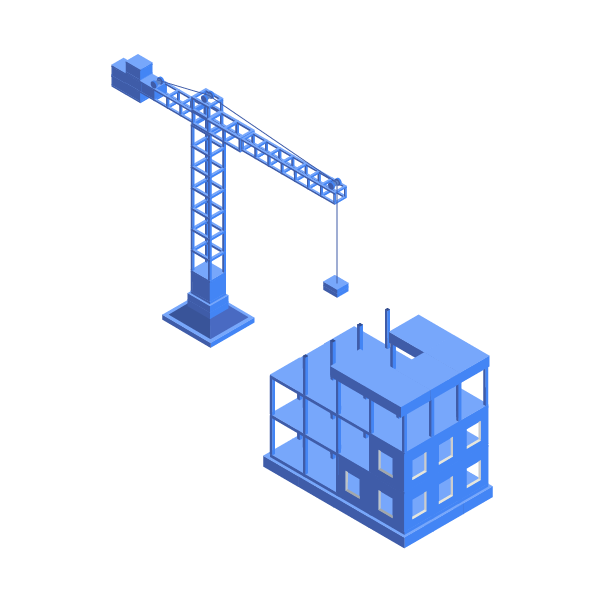PPVC stands for Pre-fabricated Pre-finished Volumetric Construction. It is a process in which pre-built blocks are manufacturing in an off-site facility and transported to the construction site for assembly.
Why is PPVC construction beneficial to the sector?
PPVC construction will be able to cut down up to 40% of costs associated with a building project. This is because cost savings can be found in the selection and standardisation of materials in the building of the pre-fabricated units. Instead of relying on manual labor to build a structure from the ground up, construction firms can rely on machinery to fabricate the individual modules.
Also, lean construction processes can be leveraged to reduce costs. Instead of holding onto PPVC modules that can take up a floor area of at least 24 square meters, modules can be built just-in-time and delivered to the site for assembly.
How does BIM complement PPVC Construction?
Design Phase
Clash-detection – A virtual BIM model will facilitate collaboration between project stake-holders and allow better decision making between contractors.
For example, the design team is able to communicate hundreds of material selections to the respective sub-contractors to ensure that the design intent is fulfilled during the construction phase
Construction Phase
From the 3D BIM model, 2D shop drawings are generated for the fabrication of PPVC components by the respective contractors.
During the assembly process, the virtual model is used to ensure that no errors occur.
Impact on Future Careers
With the reduction in foreign manpower quota by the Singapore government, this represents an excellent career opportunity for Singaporeans. There will now be a greater need for local expertise in PPVC construction. The government is driving the adoption of Dfma (Design for Manufacturing and Assembly) in the construction industry in which PPVC compoenents are its building blocks.. In fact, the use of Dfma is now a mandatory requirement for all non-landed Government Land Sales sites.
Construction companies can no longer rely on sheer physical manpower but will also have to rely on manufacturing processes to get the job done. There is now a greater need than ever for Architects, Civil & Structural Engineers, and M&E engineers to think how their jobs will have implications on each other.

